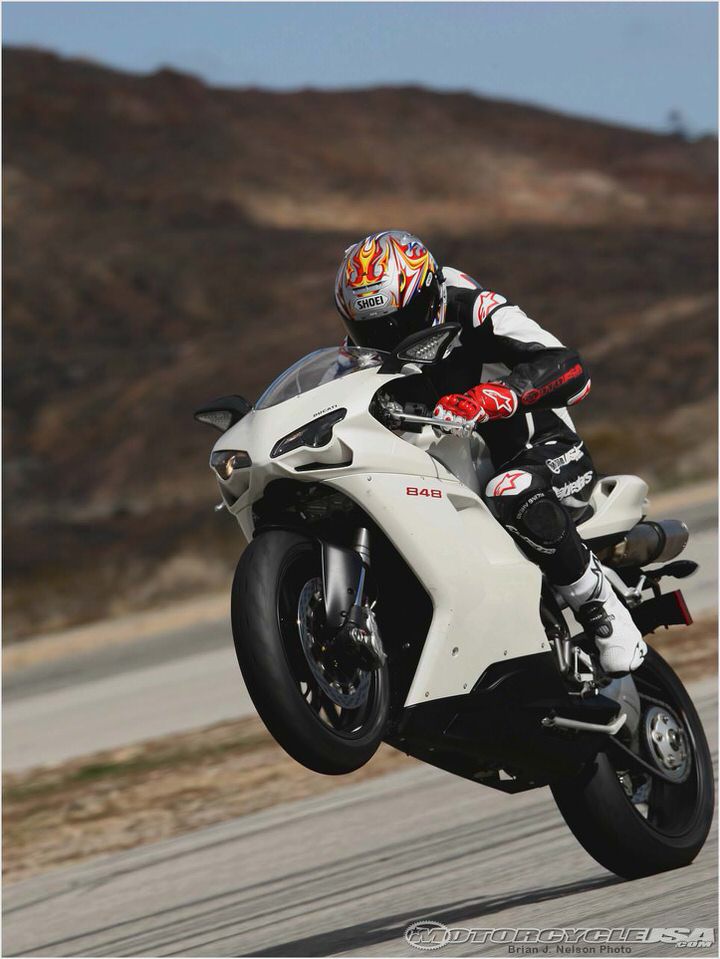
Sequential Integrated LED Tail Lights for Motorcycles
Custom LED occasionally is asked if our Blaster-X Line of High-Performance Integrated LED Tail Lights have Sequential Turn Signals or not. For those of you who are wondering what an Integrated LED Tail Light looks like with Sequential Turn Signals, there are two illustrations below.
Custom LED has concluded to NOT incorporate Sequential Turn Signals into our Blaster-X Integrated LED Tail Lights because we believe Sequential Turn Signals are LESS noticeable and effective than standard Turn Signal Integration.
You may think that Sequential Turn Signals are more perceptible than Non-Sequential, but our research has concluded otherwise. If you would like to read about the summary of our findings, please read on.
Admittedly, Sequential Turn Signals seem like a good idea on paper. There have been cars on the road with sequential turn signals from the factory – so it must be effective, right? Well, when it comes to motorcycle tail lights, and Integrated LED Tail Lights for that matter, it is actually LESS effective to have sequential turn signals based on our study.
Keep in mind, a motorcycle tail light is often less than 6 inches wide.
To illustrate the relative effectiveness of Sequential VS Non-Sequential Tail Lights for motorcycles, we can use some simple illustrations. If you look at the illustration on the right, you can see a simple representation of a Sequential Inetgrated LED Tail Light on the top, and a Non-Sequential Integrated LED Tail Light on the bottom. Let’s call this a view from 1 foot distance from the motorcycle tail light.
Basically, this is a view of the tail light with your eyes right immediately behind the motorcycle.
In this illustration, it seems that the Sequential Integrated LED Tail Light is effective in properly indicating a turn signal and the direction to the right. It’s hard to consider it being any better than the Non-Sequential tail light however. It’s a draw based on personal preference, and not necessarily functionality. In other words, there may be a cool factor but not necessarily an increase in visibility
Now, if we push back this illustration as if the tail light is 20 feet away as is shown on the right, you start to see the advantage of the standard Non-Sequentail Integrated LED Tail Light over the Sequential Integrated LED Tail Light. At this distance, it’s already hard to see the yellow portion of the tail light because of the size. To put it in perspective, 20 feet is less than safe following distance at 25mph.
Imagine what 100 feet would look like for highway speed?
The Sequential version produces a slow increase in yellow light to indicate the turn, whereas the Non-Sequential version produces a sudden burst of yellow light to indicate the turn. Would you configure your brake light to slowly increase in brightness when you hit the brakes? Or would you want your brake light to dramatically increase brightness at the onset of brake application?
The answer is clearly that you would want a sudden increase in brightness, which is what gets the attention of the observer(s). So why would you want a gradual increase in brightness for your turn signals then?
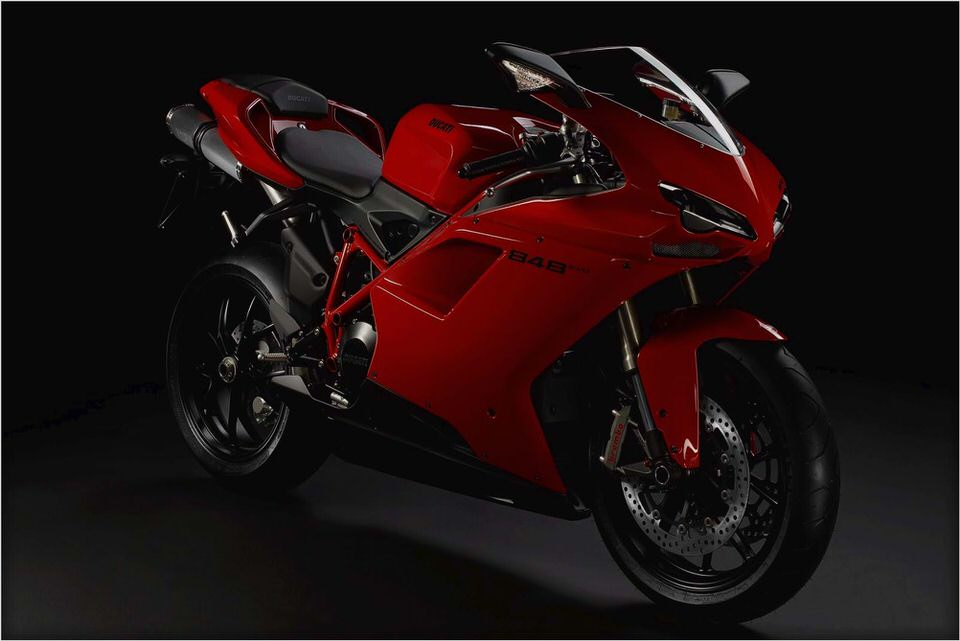
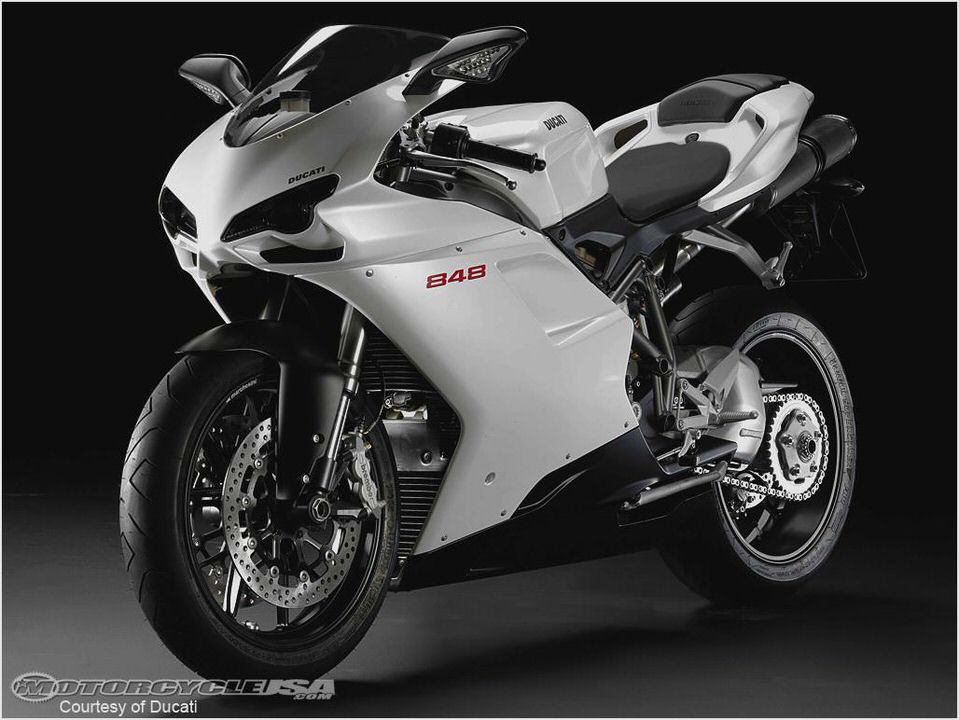
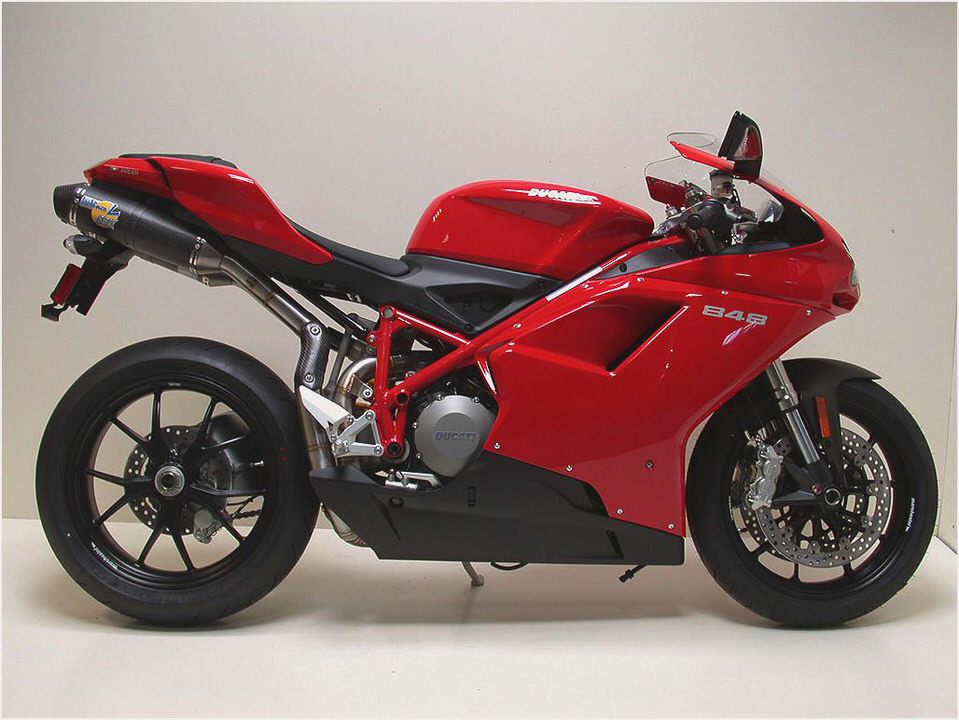

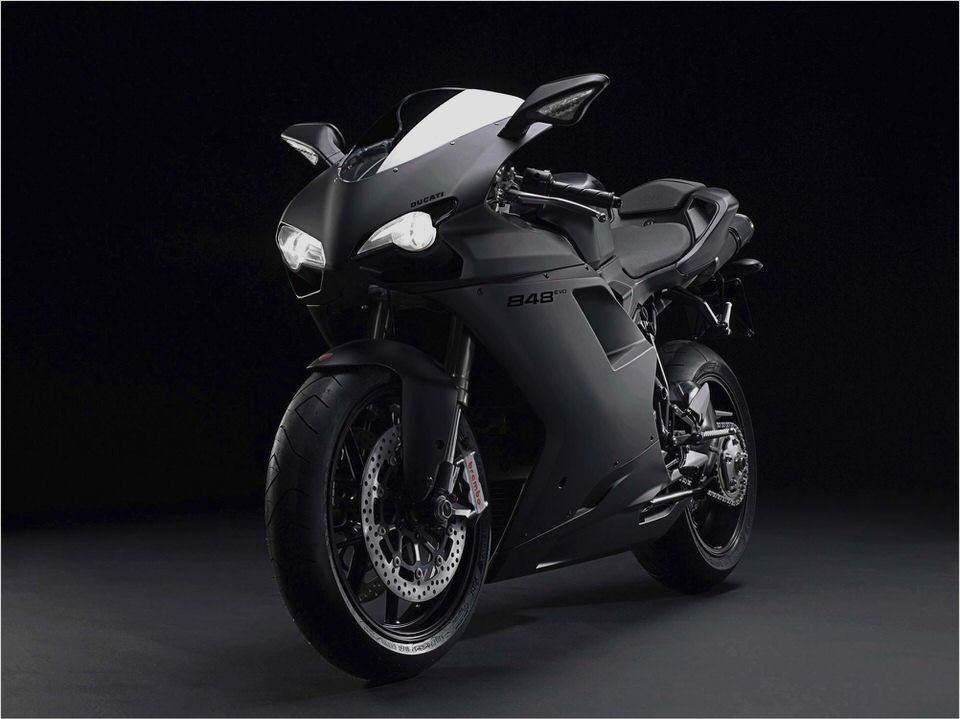
- Ride review 2001 ducati 996
- Custom Frame Special: 1977 C&J Ducati 900SS Rare SportBikes For Sale
- 2011 Ducati Hypermotard 1100 EVO SP
- Ducati North America Donates “Iron Butt” ST4 To Barber Museum
- Ducati 900 GTS custom Bike EXIF

